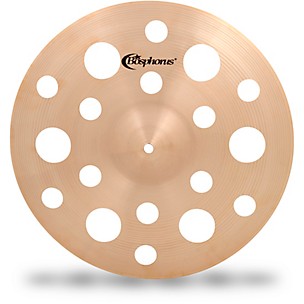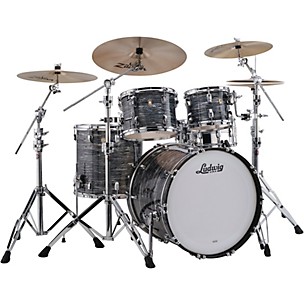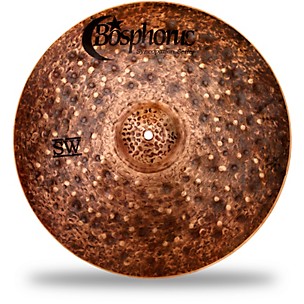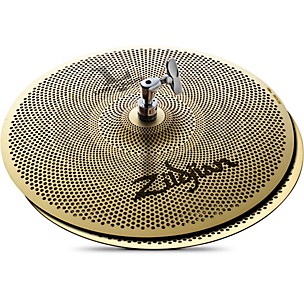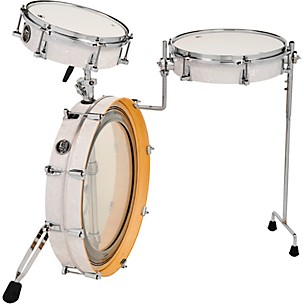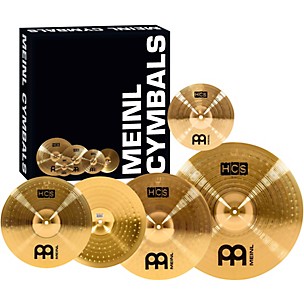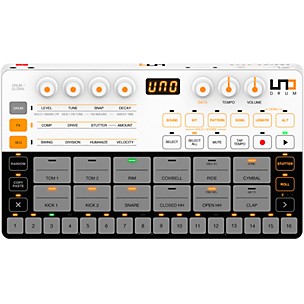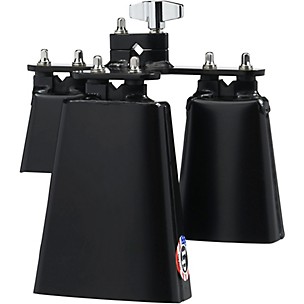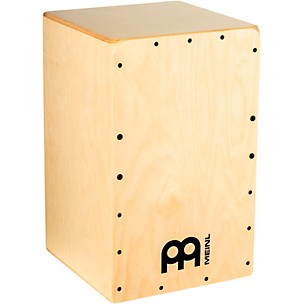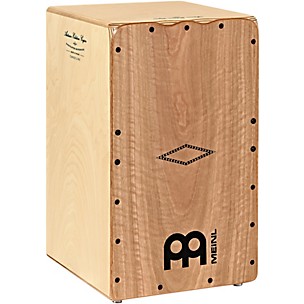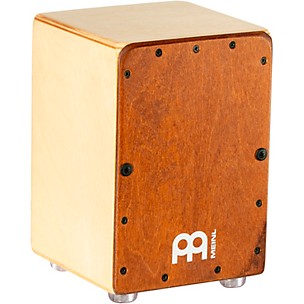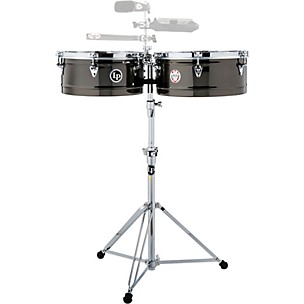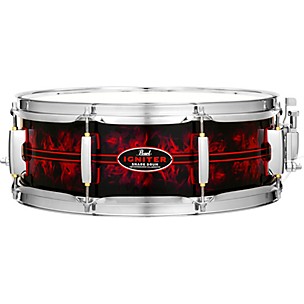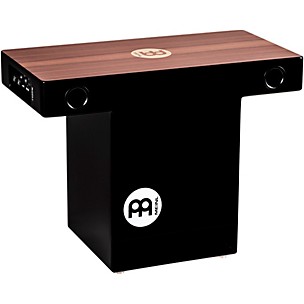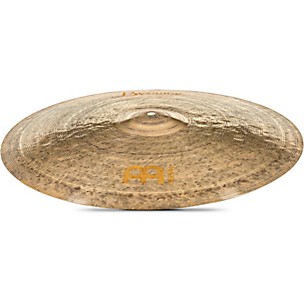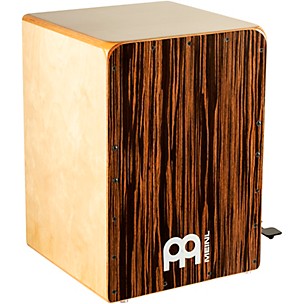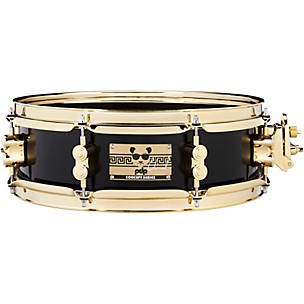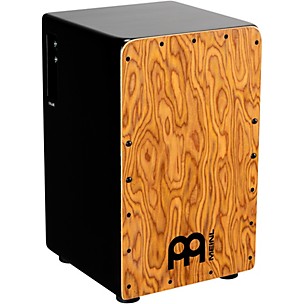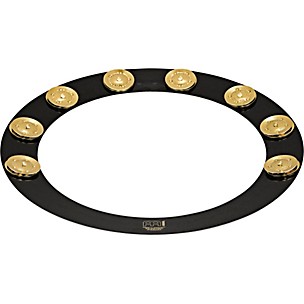Drums & Percussion
About Drums & Percussion
Aside from the human voice, there's no type of instrument older than drums and percussion. Played by striking, scraping or rubbing with a stick,mallet or the player's hands, these instruments have developed over thousands of years from the most rudimentary forms into complex, specialized musical tools. Most drums and percussion instruments are used to provide rhythm to the music, as exemplified by today's acoustic drum kits and world percussion like bongos, congas, hand drums and timbales. The most recent step in drum evolution was the introduction of electronic drums in the late 20th century, giving drummers access to unprecedented flexibility in their setups.
A secondary role for percussion is to add accents and highlights to the music, which is the primary job of the cymbals, snare drums, wood block, cowbells and other complementary instruments. Percussionists may also create effects by using specialty drum sticks such as brushes. Even in standard rhythm keeping, fine-tuning a drum's sound can be accomplished by swapping percussion mallets, or for a kick drum, by attaching a different beater to the kick pedal. In fact, these playing tools are so important to the feel and sound of percussion that a few companies, including Vic Firth, Vater, and PROMARK, have fully dedicated themselves to manufacturing drum sticks and mallets.
Some percussion manufacturers prefer to stick to the instruments, such as Sabian cymbals, Pearl drums, Jett and Yamaha. Others, like Zildjian, make instruments as well as sticks. There are also companies specializing in certain styles of percussion, including Simmons and Roland for electronic drums and LP (Latin Percussion) for world instruments.
Since this is a family of instruments that thrives on customization, accessories are particularly important for drums and percussion. There are many pieces of hardware that directly contribute to performances, including practice pads for sharpening technique, drum keys for tuning, and cases to protect drums from damage in transit. Drum heads occasionally need to be changed for best results, and are readily available from manufacturers such as Remo. Lastly, all percussionists should aim for a customized setup that fits them physically for a natural playing feel. This includes finding a comfortable drum throne, as well as using racks, stands and other mounting hardware to put the drums in the ideal positions around it.
